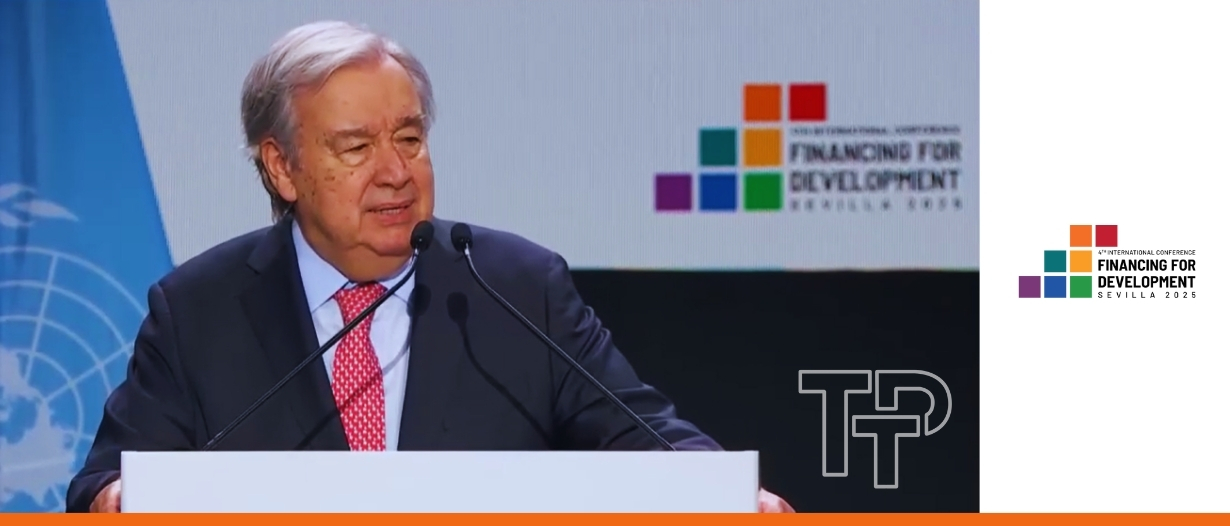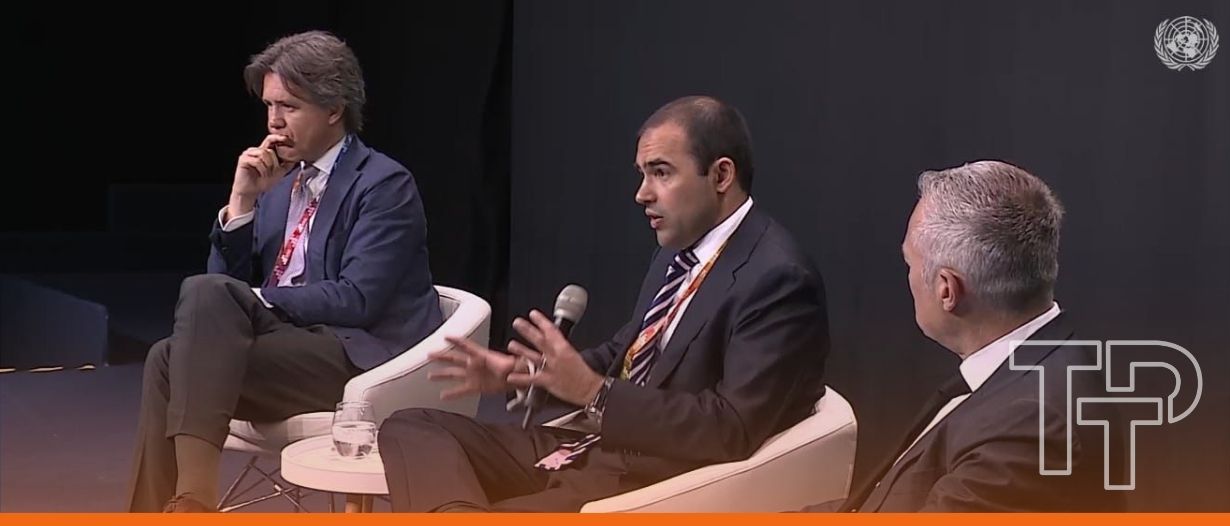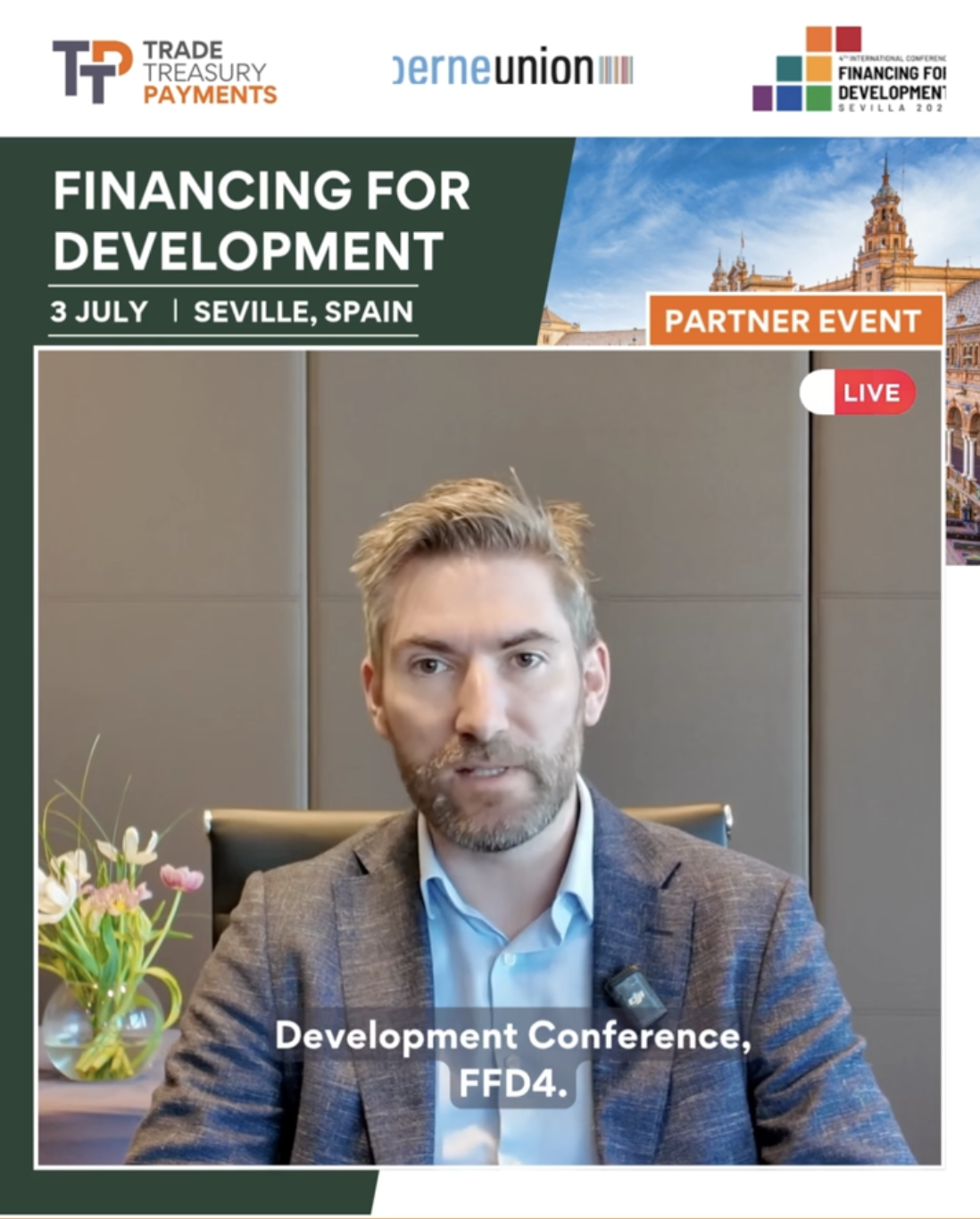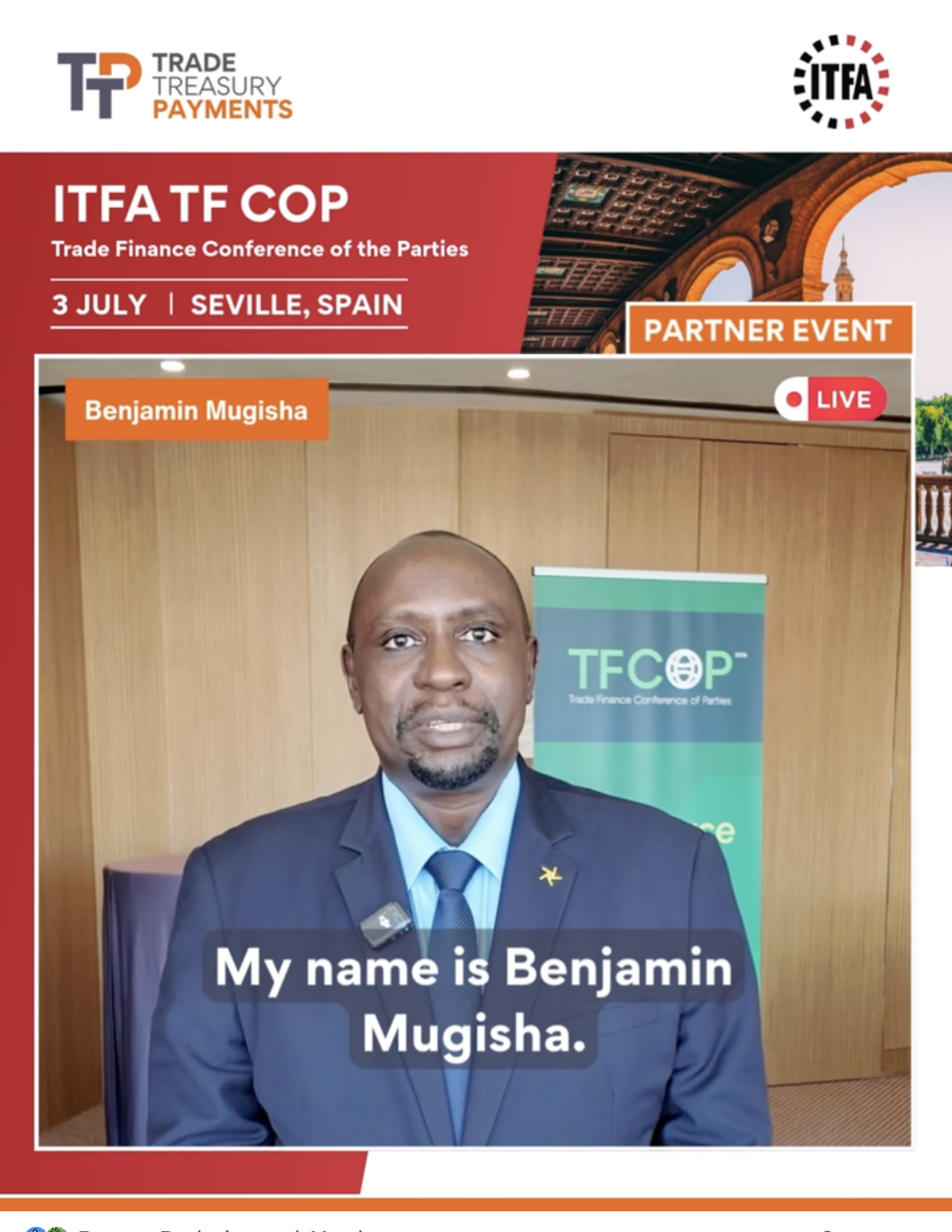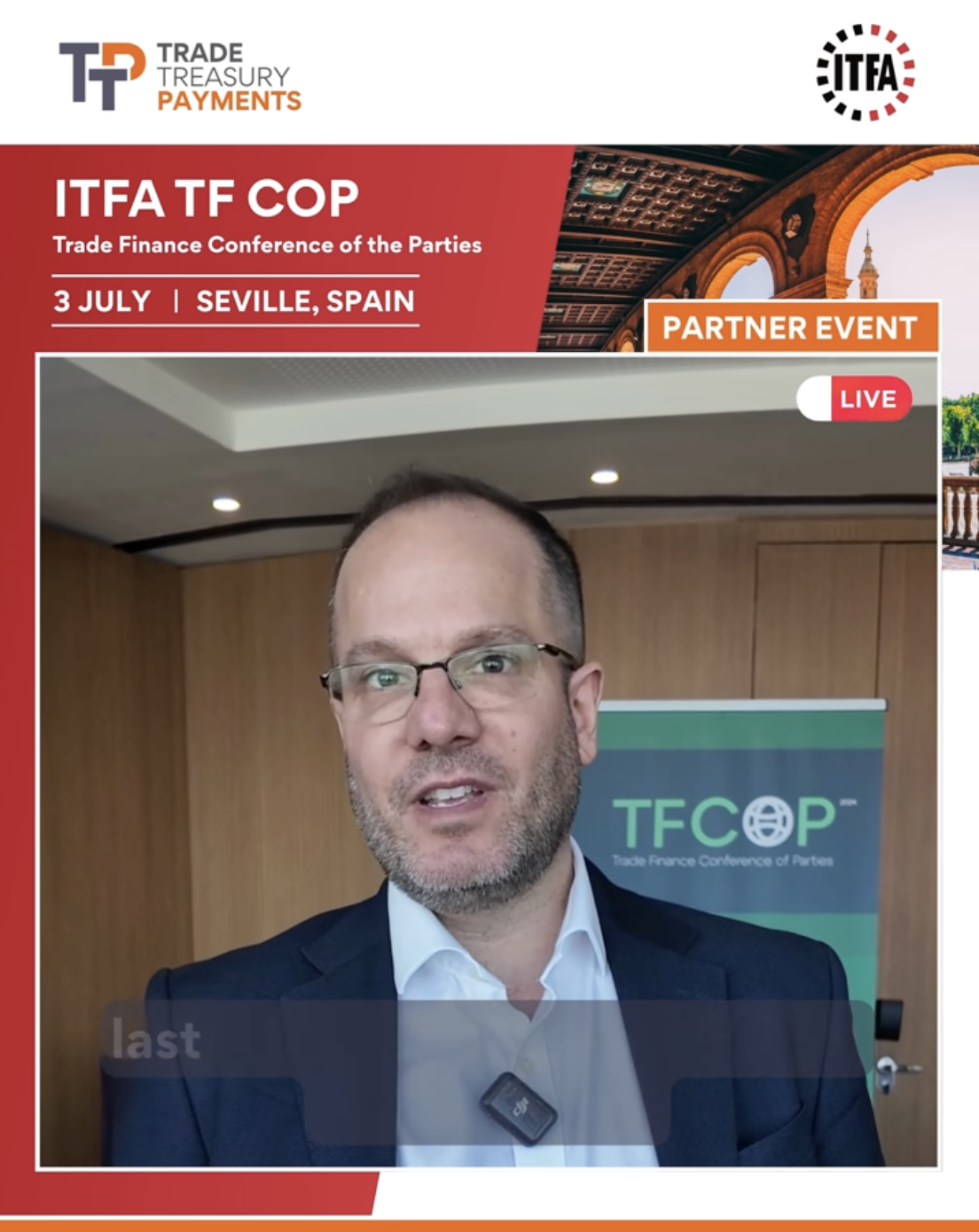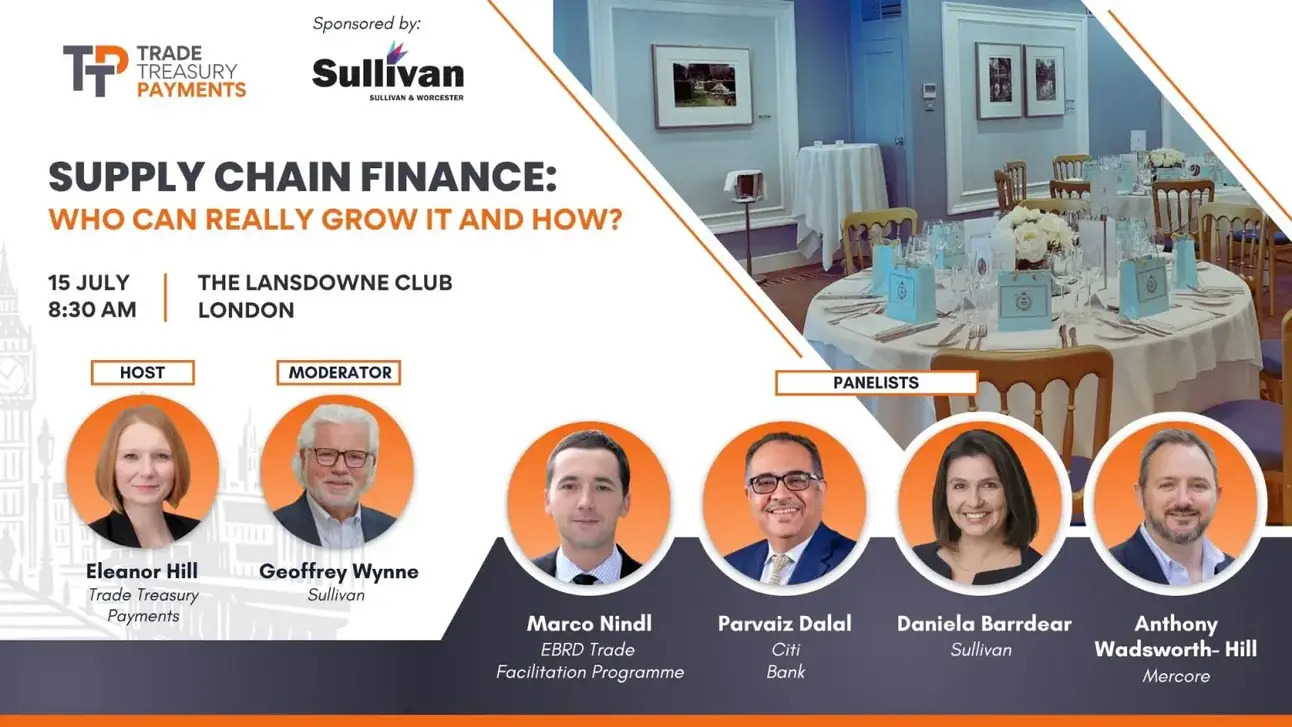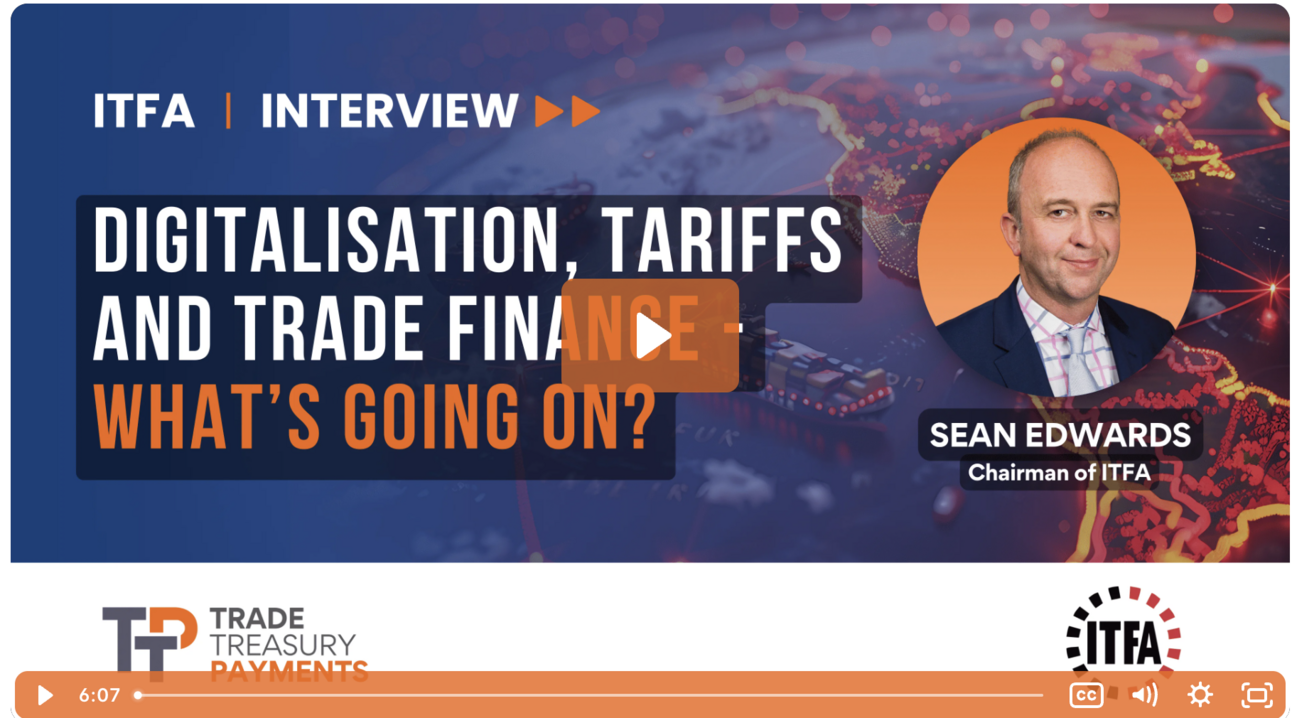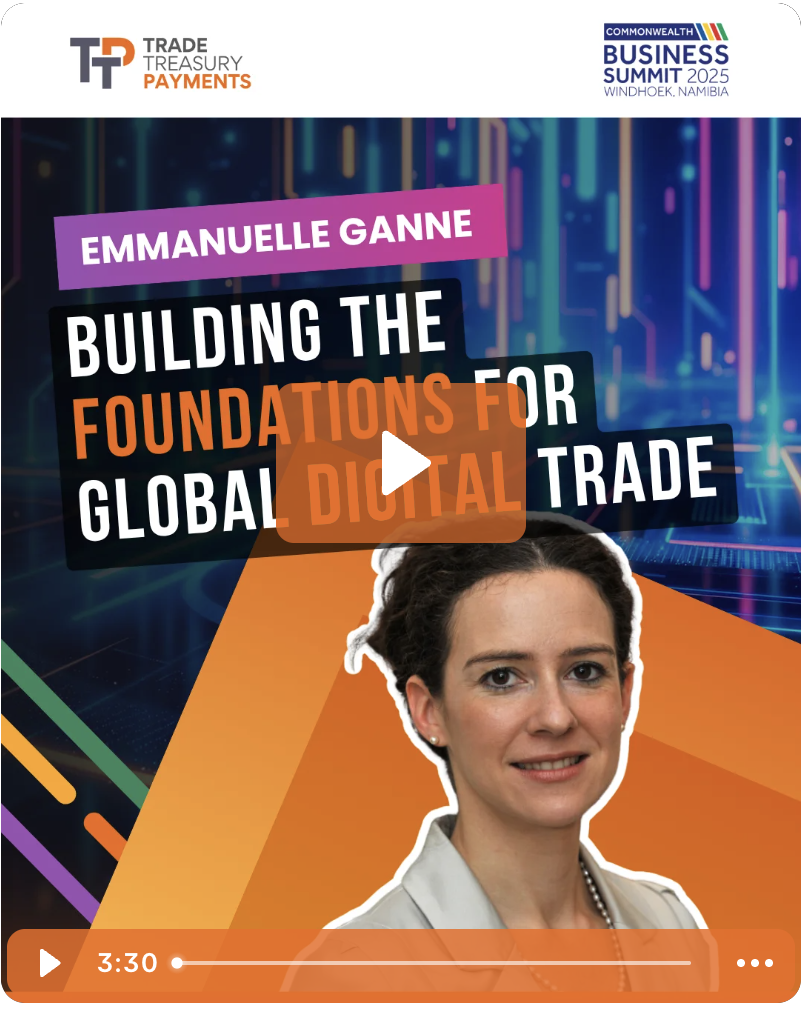- Trade Treasury Payments | The Liquidity Brief
- Posts
- Welcome to the TTP Liquidity Brief | Issue 12
Welcome to the TTP Liquidity Brief | Issue 12
Curb your Monday blues with our liquidity brief. The only newsletter in liquidity and risk management that you need to subscribe to. For the hustler, the CEO, the intern, the MD. Prepare for your week ahead, with the biggest voices, heavyweight leaders, and the meaningful conversations in trade, treasury, and payments. No spin, no bias, no gatekeeping—just honest, high-value insights.

🌟 Editor's note
Editor’s Note | Week of 7 July 2025
We’ve got a surprise for you this week, and no, we’re not telling. Not yet. (And it’s not another LinkedIn carousel, although, never say never!)
Let’s just say it’s editorial, it’s unusual, and it’ll appear when you least expect it. Keep an eye on our feeds.
We’ve had 20,880 impressions on LinkedIn this week alone, and we’re actively hiring for three roles across commercial, partnerships, and marketing. With over 11 original articles, 4 new videos, 3 reels, and a full Sevilla supplement live this week, momentum is building. Thanks for being part of it.
Meanwhile, we’re still riding the Andalusian afterglow from FFD4 in Sevilla, where multilateral development finance took centre stage. For the first time, official export credit agencies (ECAs) were formally recognised by the United Nations in an outcome document, a ‘landmark’ moment that could have real implications for blended finance, risk-sharing, and climate-aligned infrastructure.
Sevilla showed direction as our coverage this week shows, so we have a special supplement covering the week. We unpack the role of trade finance, the shift toward borrower-led restructuring mechanisms, and the push to operationalise private sector mobilisation (finally). The Compromiso de Sevilla may not solve the global funding gap overnight, but it does mark a turning point.
Over in London, it’s ITFA Education Week, and we’re getting studious. We’re launching our “Back to the Basics” video series, bringing together expert voices from across the industry to demystify the often misunderstood foundations of trade finance. Think: URF 800, forfaiting, digital negotiable instruments, and how they actually work in 2025. Whether you’re brushing up or starting fresh, there’s something for everyone. Bring your toothpaste.
You’ll also see a flurry of press briefings, podcast recordings, and behind-the-scenes footage this week, and that’s thanks in no small part to the banks who’ve opened up their rooftops and boardrooms to us to peer in. We are grateful for the hospitality (and the hot dogs, no one gives us hot dogs).
In this week’s issue:
Company of the Week: Atlar, and why API-native treasury infrastructure is quietly winning as bundlers like Tide rethink their models
Long Read: Welcome to the Treasury Multiverse – inspired by J.P. Morgan’s Future of Treasury report and a certain Marvel character
News You Might Have Missed: UKEF’s £13bn direct lending boost, Mongolia reconnects to USD rails, and the rise of regional payment systems
Upcoming Events: ITFA Week, and our own TTP Breakfast Club — don’t sleep on it
And yes, we’ve changed our imagery up again. We’re now using AI-generated images to visualise the themes that define the week. This week captures the surreal beauty of parallel treasury timelines, policy gridlock, or digital rails in motion.
Until next week — keep drinking coffee and eating hot dogs.
— The Editors
Skip to your favourite part
Slow read
Marvel’s Doctor Strange might not have many obvious parallels with the average treasury leader. But a new report looking at the ‘Future of Treasury’ provides a stark reminder that the choices we make today shape the consequences we experience tomorrow.
According to the Marvel Cinematic Universe, the multiverse is a chaotic collision of timelines, where every decision creates a new, diverging reality. Treasury might not be quite so rich in special effects but competing versions of the future are still unfolding in parallel, influenced by the tech (and people) choices treasurers make today.
In one vision, teams are still emailing spreadsheets, chasing approvals, and praying the TMS can keep up. In another, AI has already executed the trade, swept the cash, flagged the fraud, and pinged the CFO with a summary – all before 10am.
J.P. Morgan Payments’ recent Future of Treasury report doesn’t suggest treasurers choose between those timelines. It states quite clearly that the sophisticated tech one is already here and happening.
Indeed, the paper paints a picture of the profession at an inflection point, framed around four strategic pillars – technology transformation, risk intelligence, payment modernisation, and in-house banking. The overriding message is that treasury is no longer just moving from manual to digital, but from strategic to autonomous. Yet, according to the findings of the report, most teams aren’t ready for this shift.
Agentic AI reshapes decision-making
Tristan Attenborough, Global Head of Treasury Advisory at J.P. Morgan, notes: “Many treasury teams still think AI means better dashboards. But what’s coming is hands-free execution and a system that understands your rules, analyses real-time data, and acts accordingly. That’s not science fiction – that’s starting now.”
It’s particularly interesting as a treasury development because agentic AI acts without waiting for human input, albeit based on defined parameters. The implications are enormous: forecasting becomes continuous, risk management becomes predictive, and payment controls become self-healing.
What’s more, in a world of real-time payments and data (and increasingly lean treasury teams), this kind of AI ‘help’ will be needed to ensure a timely response to uncertainty. “Disruption is no longer an outlier, it’s the baseline,” Attenborough notes. “And while responses to black swan events use to require preparedness as a one-off exercise, the call here is for permanent agility. That means real-time visibility, embedded controls, decentralised execution models, and proactive stress testing that runs in the background, continuously updating risk assumptions as new data arrives.”
Attenborough is fairly blunt about the stakes. “When crises move in real-time, you don’t get two weeks to run a risk committee anymore,” he says. “You get hours, maybe less. And the teams that had distributed cash visibility, pre-approved fallback rails, and autonomous triggers in place during recent events recovered faster. That’s the benchmark now – and it’s an important area where AI and automation are becoming competitive enablers.”
As a result of these shifts, the traditional roles of approval, reconciliation, and exception handling are also being recast. “The treasurer’s remit is shifting from operator to orchestrator, no longer bogged down in running processes, but designing the guardrails within which intelligent systems operate,” explains Attenborough.
The great ERP migration
Despite the clear benefits on offer, where does that leave treasurers who feel under-resourced or out of the loop on broader enterprise tech initiatives? And how can they get ahead, despite the obvious obstacles?
The Future of Treasury report suggests a clear starting point, namely advocating for cloud migration for ERP and TMS systems (only 53% currently have a cloud-based ERP). It might not grab headlines, but it’s become one of the most consequential shifts in treasury infrastructure. And with SAP set to end support for legacy ERP systems by 2030 and Oracle by 2035, the clock is ticking.
It’s also hard to argue against the benefits when ERP cloud migrations are forecast to return $3.86 for every $1 invested. That figure that becomes even more compelling when considering the additional functionality unlocked for treasury teams – from dynamic API connectivity to embedded AI modules (although it is still early days), and improved data analysis functionalities.
Photos of the week
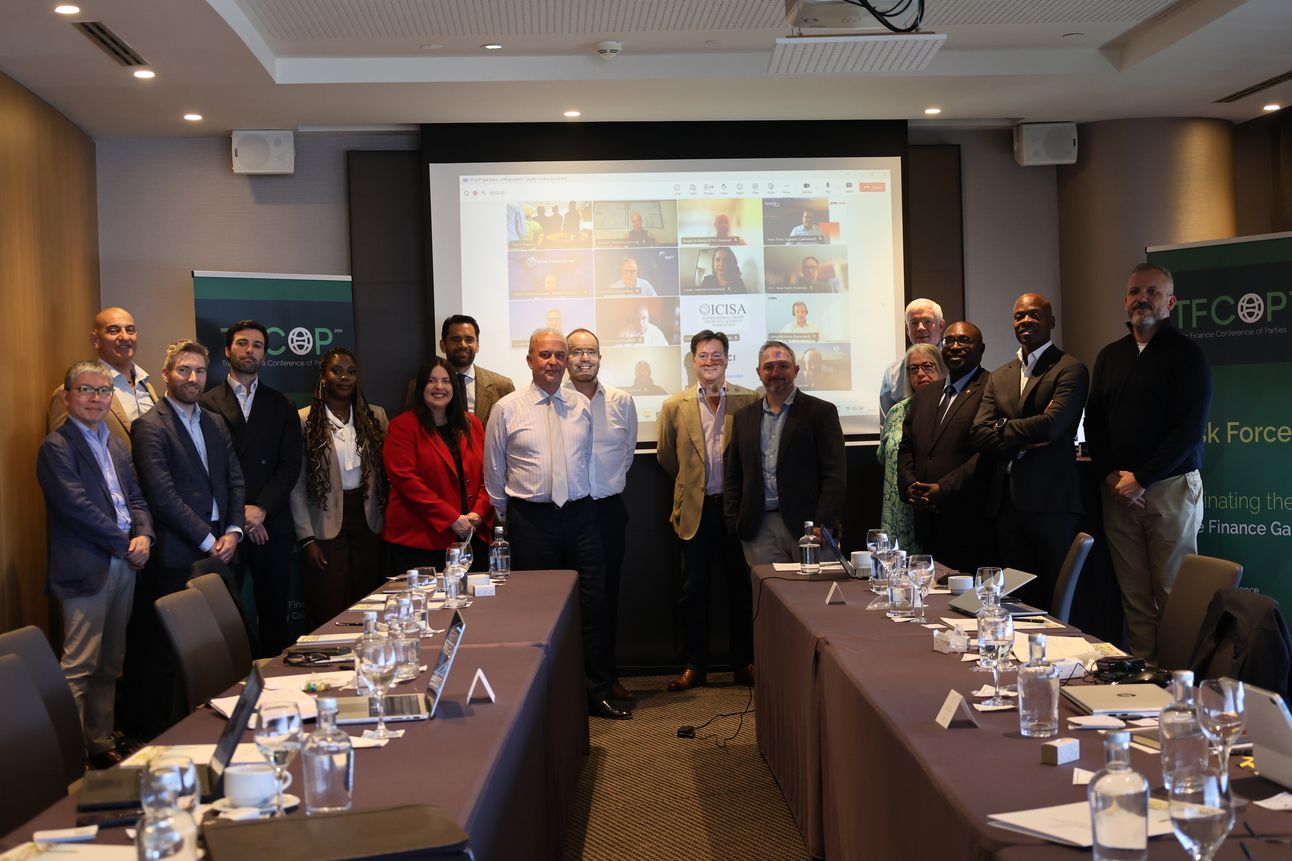
ITFA TF COP on the sidelines of the UN FFD4 conference in Sevilla this week
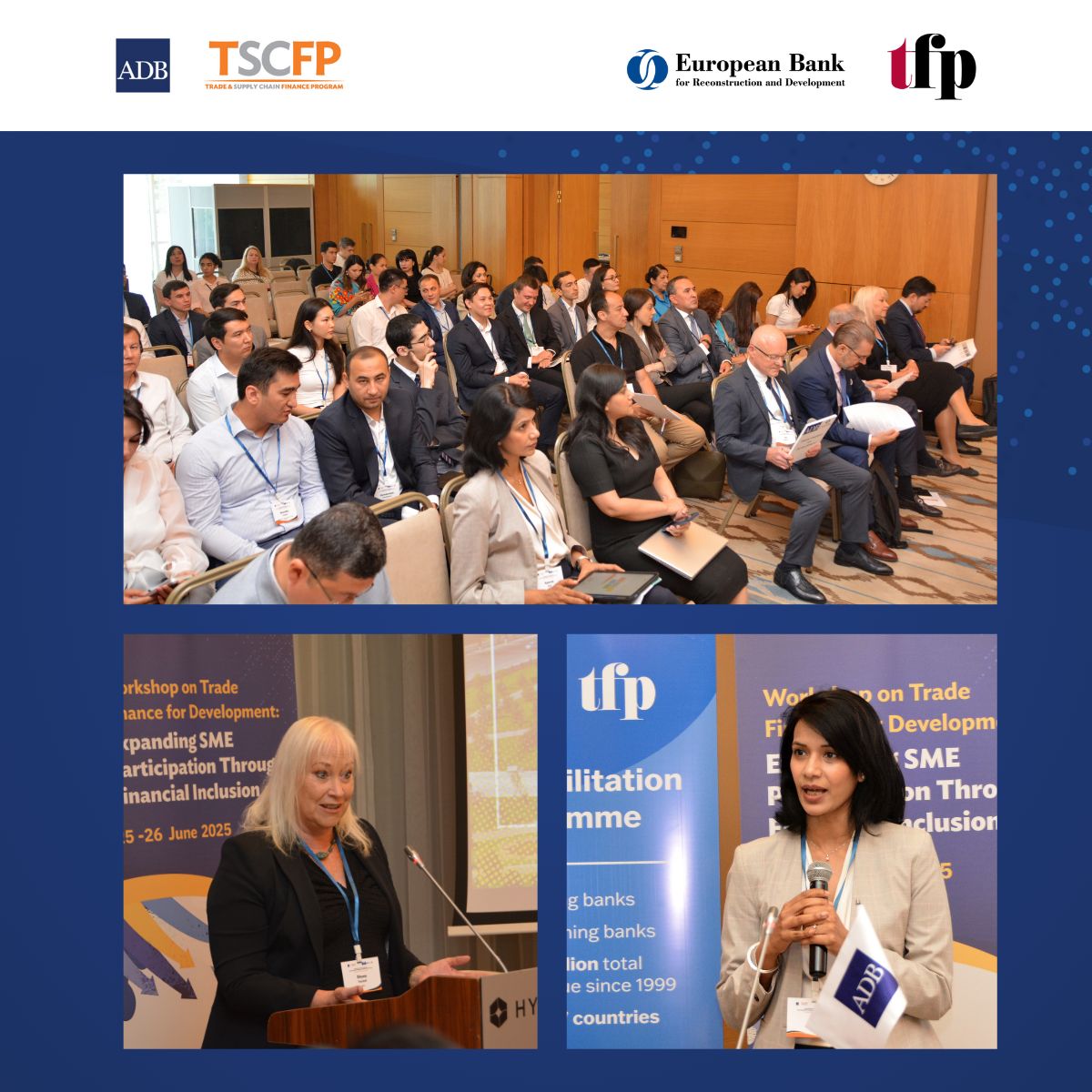 TTP were media partners at an ADB Trade & Supply Chain Finance Programme + EBRD Trade Facilitation Programme seminar and workshop | 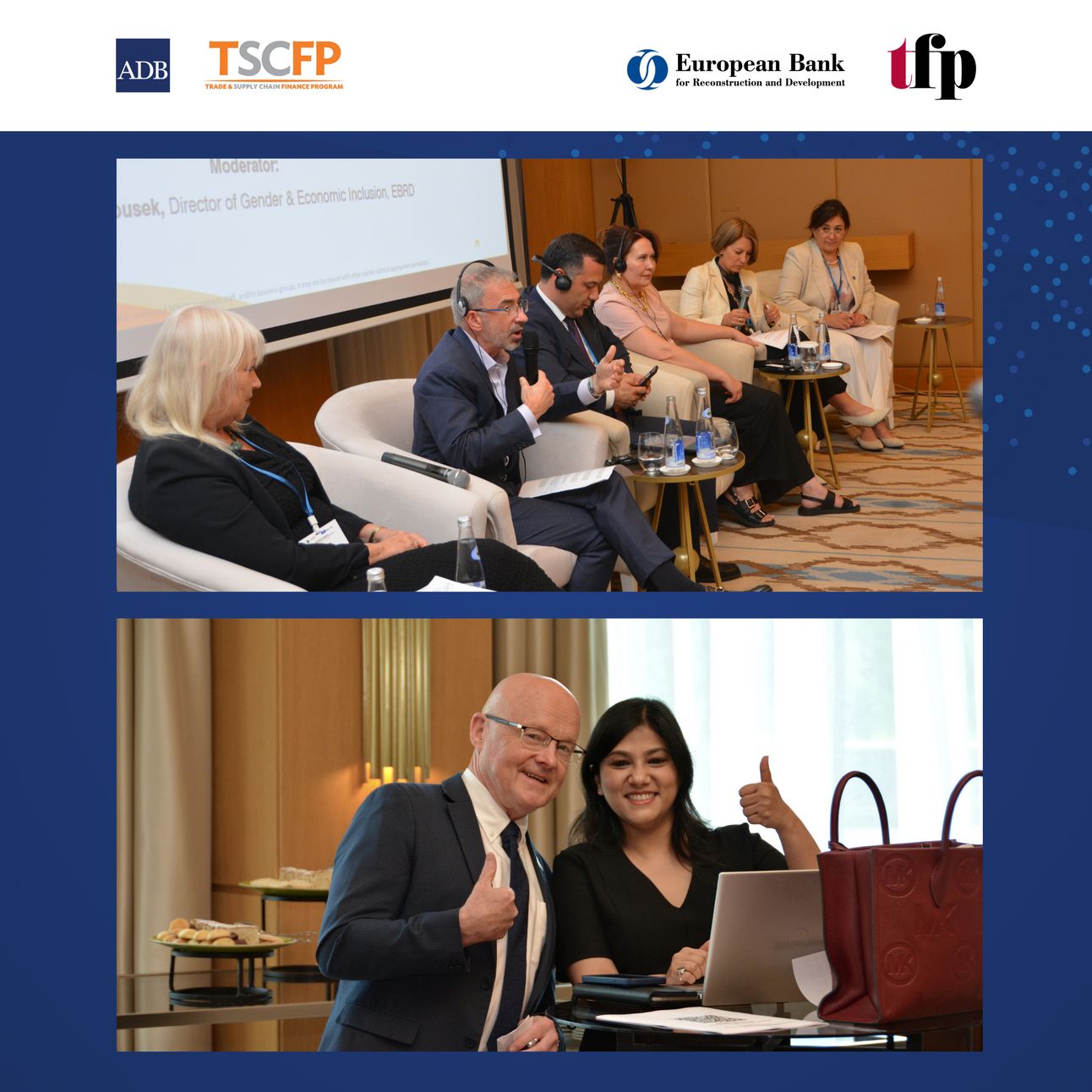 Capacity building for Central Asian bankers on trade and supply chain finance |
 ICC United Kingdom summer reception | 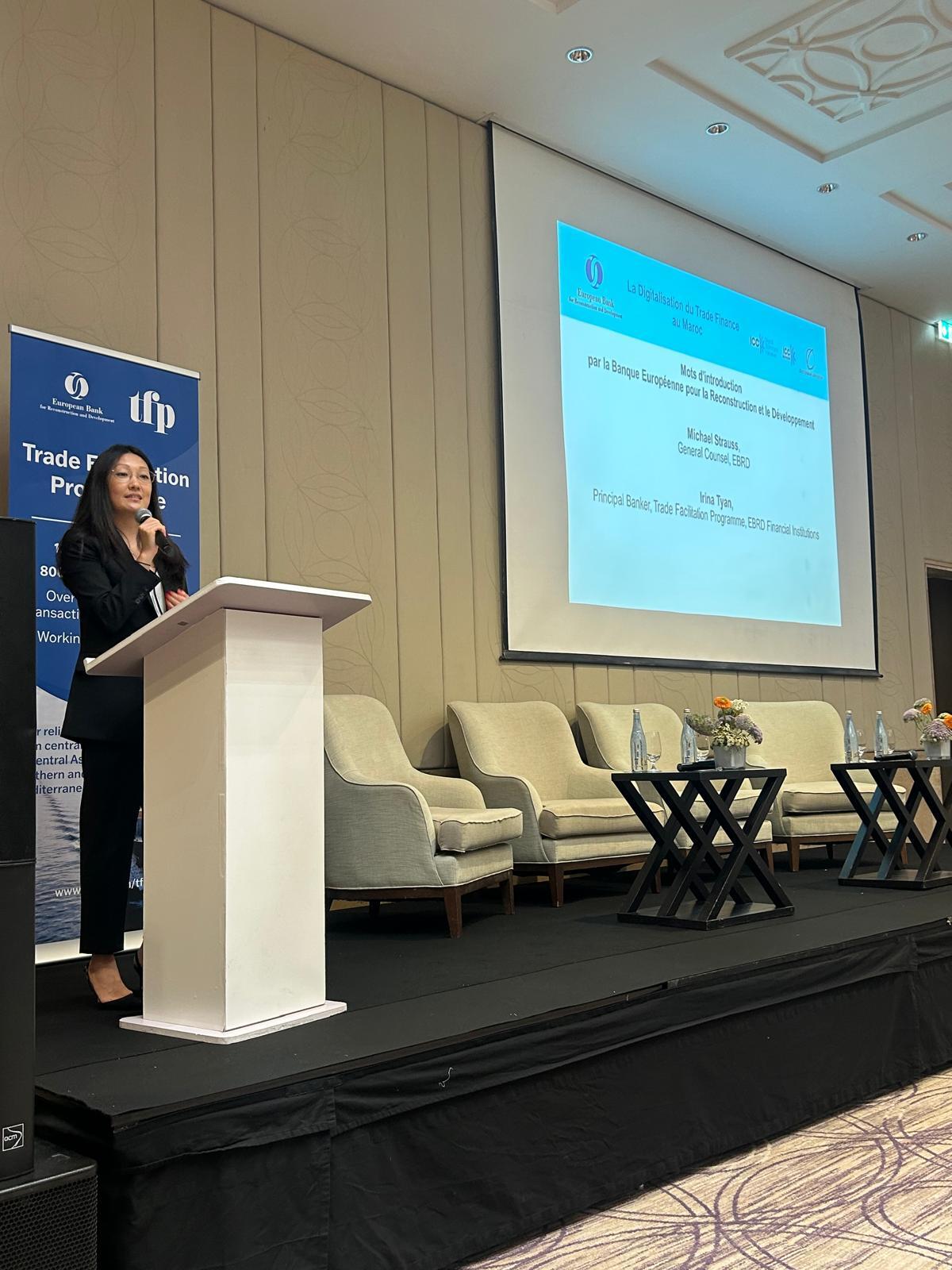 EBRD, ICC Morocco, ICC DSI and Casterman Advisory join forces in Casablanca at a trade digitisation workshop |  A&O Shearman hosts a breakfast and gallery viewing, celebrating Women in Trade |
Live from #FFD4 - Sevilla special
Reels at FFD4
Trade digest
Mongolian banks faced a costly setback when major US and European banks withdrew their USD clearing business from the market between 2012 and 2018. As compliance pressures intensified globally, these institutions severed direct correspondent banking relationships with Mongolian counterparts, effectively cutting the country off from access to essential USD clearing services. For a small, trade-reliant economy where around 50% of cross-border transactions are conducted in US dollars, the disruption had consequences well beyond the financial sector.
“The withdrawal of these services posed serious challenges for Mongolian banks,” Unengerel Chuluunbat, Director of the Trade and structured finance department in the International Banking Division of Golomt Bank, told Trade Treasury Payments (TTP). Without direct access to US financial infrastructure, Mongolian banks were forced to route payments through multiple intermediaries, adding complexity and costs to what would otherwise have been relatively straightforward transactions.
The absence of direct USD clearing led to a fragmented payment architecture that put systemic limitations on Mongolia’s ability to engage the global economy.
Recognising these risks early on, the Asian Development Bank’s Trade and Supply Chain Finance Program (TSCFP) began actively working to address the correspondent banking gap in Mongolia. In addition to providing guarantees and loans to support trade, the programme engaged directly with global correspondent banks, such as BNY, to encourage re-engagement with Mongolian institutions like Golomt.
Treasury & FX digest
Payments digest
🗓️ Upcoming events
Featured events by TTP
Partner events
ITFA Week
| ITFA Annual Conference
|
ADB Annual Awards and Dinner
| SME Finance Forum
|
Sibos
| TTP Boat Cruise at Sibos
|
Multimedia from Trade Treasury Payments
Videos
Reels
🏆 GAP of the Week: Andrea Frosinini

🗓️ Daily Mission:
Sharing my workspace with my kids every afternoon and ensure they are doing their homework. More of a real challenge than a mission.
Resisting the temptation to go for a walk in downtown Florence every single day.
Succeeding in putting Florence on the map of digital trade.
🤳Behind the scenes:
If I don’t reply to messages within a few minutes, it’s most likely because I’m out for a walk in the woods or strolling through downtown Florence!
As a student, I aspired to be the next Oscar Wilde. Now, I often write down my thoughts; I write about episodes from my past too, adding a touch of fiction.
Every good day has to start with some great music: The Smiths, The Stone Roses, The Clash, The Cure, and R.E.M. have always been front and center in my playlist.
I often watch old horror movies. I'm in love with The Lost Boys and Fright Night.
🪷 Life Mantras
Paper is Evil
Getting old sucks!" — said every time I bend down in the morning to tie my shoes!
📋 Hidden facts:
My role model in life? Auntie Ofelia, the one and only "Queen of Florence.'
I have some strange Italian quirks: I dislike parmesan cheese, but I could eat pizza every single day.
My biggest fears? Ships, boats of any kind, and... needles!
🏆 Company Spotlight: Atlar
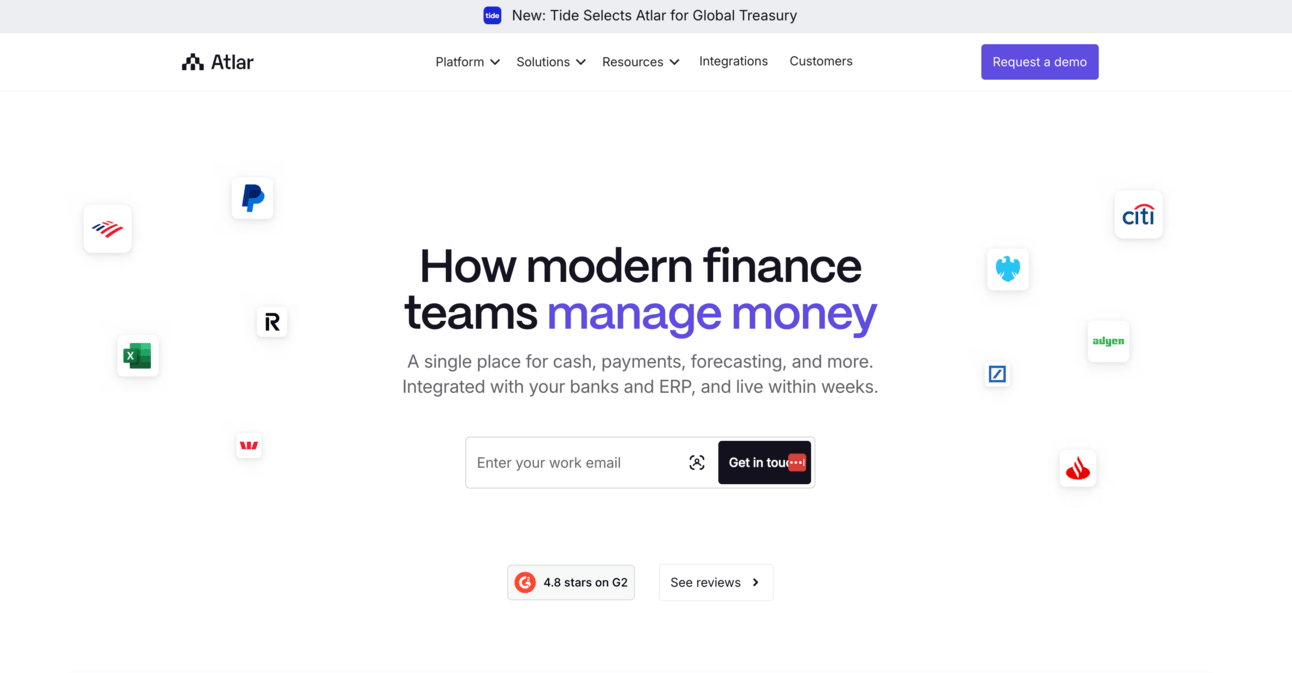
Atlar — Real-time treasury, without the swivel chair gymnastics
This week, we’re spotlighting Atlar, the fast-rising Swedish fintech helping finance teams move beyond the spreadsheet era and into real-time treasury. In a market where every second counts and APIs are the new pipes, Atlar is building an infrastructure layer that connects companies directly to their banks, making reconciliation, payments, and cash visibility actually work like it’s 2025.
Value prop
One unified platform to monitor cash, initiate payments, and automate treasury workflows across multiple banks and accounts. That includes native support for SEPA, SWIFT, and local rails, without the brittle middleware or legacy file uploads. And while others are still selling dashboards, Atlar’s growing list of live clients (from venture-backed scaleups to listed enterprises) suggests they’re offering something CFOs and treasurers actually want to use.
The relevance of Atlar’s approach was underscored by news last week that UK business banking platform Tide is winding down its Tide Capital credit offering. It’s a reminder that bundling financial products doesn’t always pay off, especially if the infrastructure beneath can’t handle complexity at scale. Where monolines are struggling, infra-native platforms like Atlar are quietly becoming indispensable.
Atlar seems poised to become the preferred toolkit for modern finance teams who want fewer tabs and more control.
Did You Know? Only 53% of treasury teams today use cloud-based ERP systems, even though cloud migrations are forecast to return $3.86 for every $1 invested. With SAP sunsetting legacy systems by 2030, the race is on to modernise infrastructure before the clock runs out.
Till next time,

